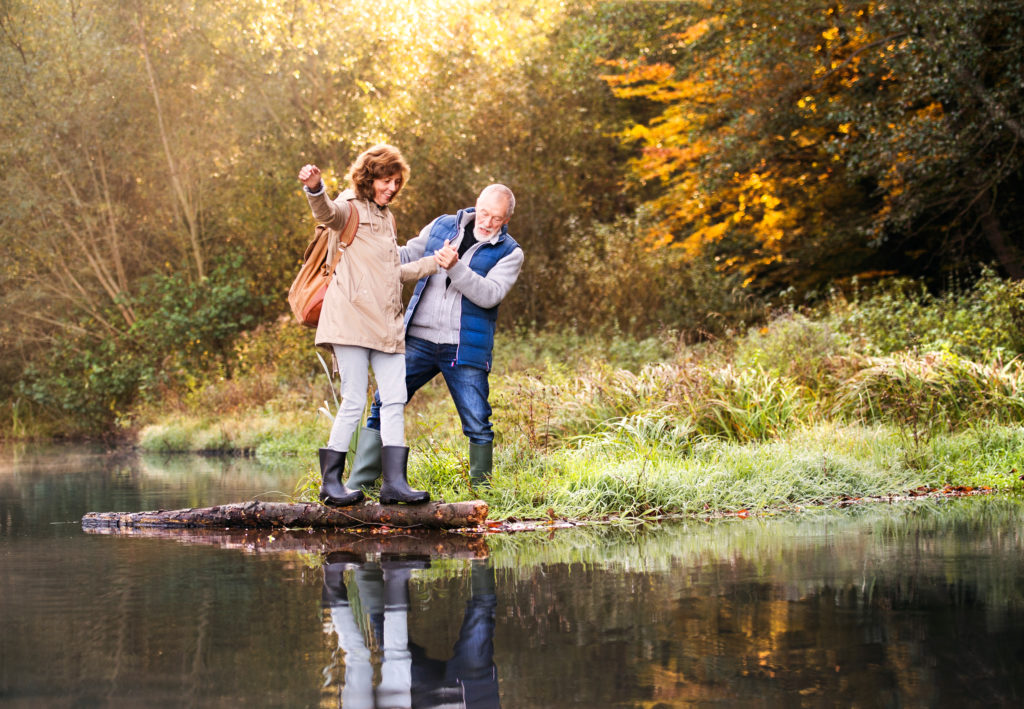
With the start of a New Year, it is a good time to consider the topic of balance. The word balance can have lots of different meanings from work/life balance to balancing a checkbook. We are going to focus on physical balance.
One of the primary concerns of clients as they age is balance. And with good reason, a quarter of those 65 and older have a fall annually. Even if a fall is personally avoided, it is likely that one will still be impacted by a family member or friend who has a fall. Falls are the leading cause of injury, both fatal and non-fatal, for older Americans.* Balance is even more of a concern for those with osteoporosis as was discussed in a previous post which you can find here.
A common question at the studio is “what muscle needs to be strong to have good balance?”. The answer is more complex than one muscle. It actually involves multiple systems that coordinate together. It’s a beautiful balancing act in itself!
The three main systems involved in balance are vestibular, visual and proprioceptive. These systems works together with the brain and nervous system for balance. If one system is impaired, it obviously makes balance more challenging. In addition to these systems, muscle strength (especially in the legs), good reaction time and flexibility in the joints are also important for good balance.
Of the systems relating to balance, Pilates can especially benefit the proprioceptive system. The proprioceptive system has sensory receptors throughout the body (muscles, joints, even skin) and gives the brain the information it needs to determine where the body is in space. For example, it’s how you can bring your finger to your nose with your eyes closed. The sensory information from the neck and from the ankles is especially valuable in knowing where the head is turned and where the feet are placed in relation to the floor (and if the floor is uneven).**
The Pilates reformer with the sliding carriage invites all the systems into play. The spring loaded machines stimulates the student’s brain and proprioceptive system as his or her body moves through space.
Pilates obviously builds strength in the core and legs. As Pilates focuses not only on strength but also flexibility, this can be helpful in maintaining mobility in the joints. With the mind-body connection, this could potentially aid in reaction time.
Pilates stimulates the systems related to balance while it strengthens and stretches the body. A regular Pilates practice builds not only physical strength but also develops body awareness that is valuable both inside and outside of class, especially for those with balance concerns. As a fresh New Year begins, I hope it brings you better balance in every definition – body, mind and spirit!
*https://www.ncoa.org/healthy-aging/falls-prevention/
**https://vestibular.org/understanding-vestibular-disorder/human-balance-system#
